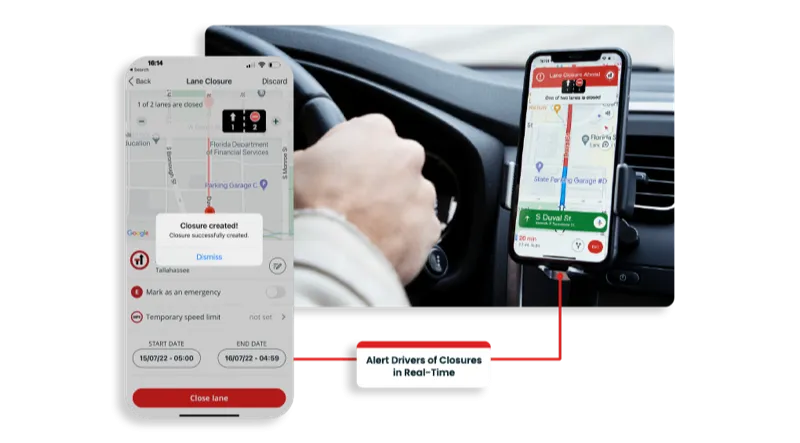It was while on vacation in Providence, Rhode Island that Jim Larsen had a Eureka! moment In 2001, Jim Larsen was a traffic operations engineer with Ada County Highway District (ACHD) located in southern Idaho.
January 27, 2012
Read time: 1 min

Project:
Use of camera lowering technology@@@Benefits:
• 92% per cent saving per year in maintenance costs
• 65-80% less time per CCTV site cleaning and maintaining the cameras
• No freeway lane closures or traffic control are needed to maintain CCTV cameras
• Greater CCTV mounting heights
• Camera maintenance is now a one -man job
• Better choice of camera location









